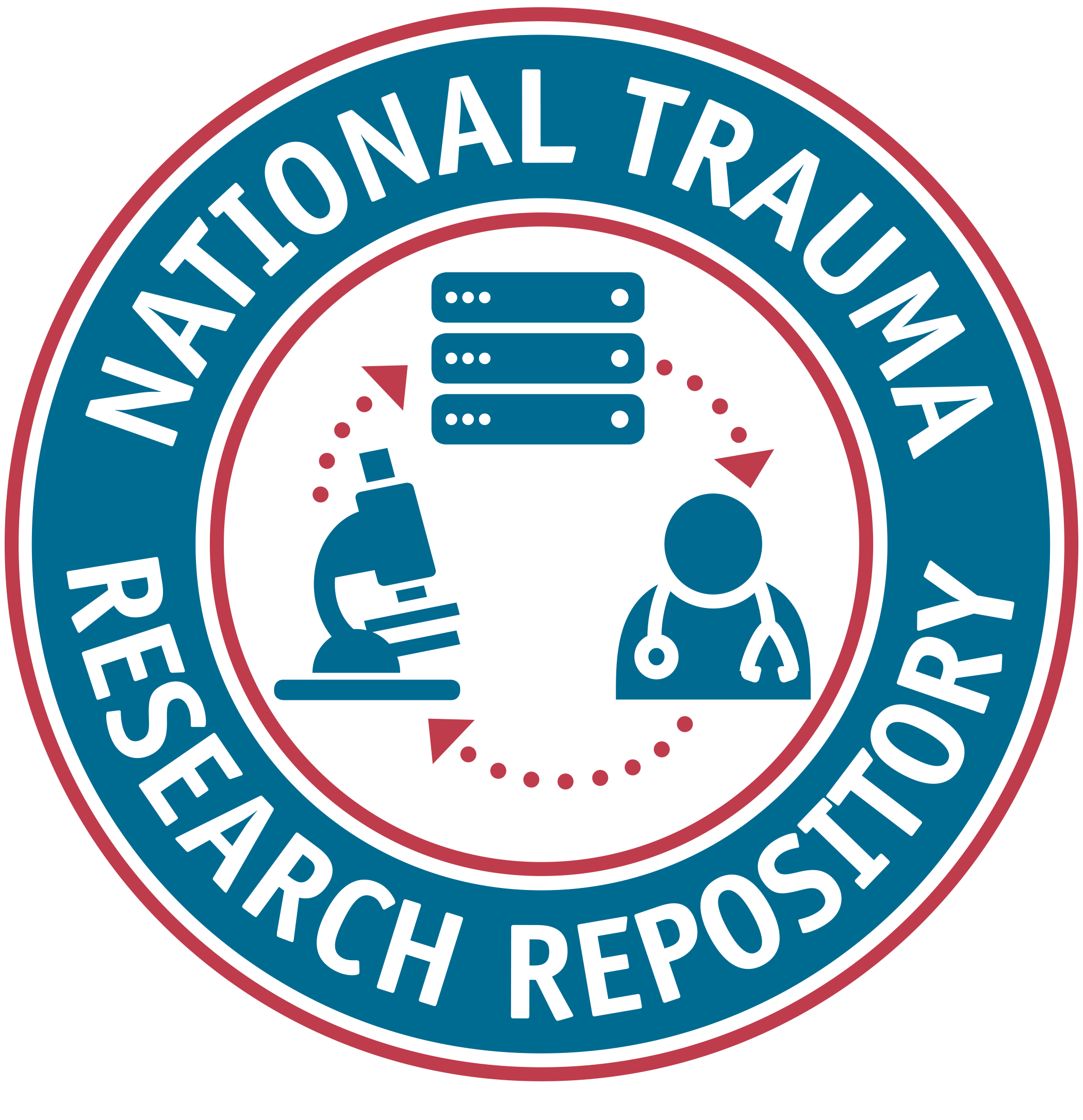Listed below are the details for the data element.
FITBIR,
NTRR
1.10
Element Type
Common Data Element
Height measurement
HgtMeasr
Short Description
Measurement of participant's/subject's height.
Definition
Measurement of participant's/subject's height.
Notes
cdRNS|FITBIR|NIA|PDBP;
Creation Date
2014-04-01
Historical Notes
Height measurement
References
No references available
Data Type
Numeric Values
Input Restrictions
Free-Form Entry
Unit of Measure
Centimeter ( Length )
Minimum Value
0
Maximum Value
400
Population
Adult and Pediatric
Guidelines/Instructions
GENERAL/TBI: Record the height (or length for the very young) of the participant/ subject. To be collected at the visit, not self-reported. Also, indicate whether height was measured in inches (in) or centimeters (cm). The suggested range is 0-400 cm or 0-150 inches. Height and weight can be measured or estimated upon admission, or alternatively information may be obtained from relatives. Add date stamp for when assessed if possible. Documentation of height and weight is motivated by two reasons: 1. the risk of (systemic) complications is greater in the presence of obesity; 2. body weight is important for calculating required doses of (study) medications.
Preferred Question Text
Height measurement
Category Groups and Classifications
| Disease | Domain | Sub-Domain |
|---|---|---|
| Stroke | Assessments and Examinations | Vital Signs and Other Body Measures |
| Epilepsy | Assessments and Examinations | Vital Signs and Other Body Measures |
| Duchenne Muscular Dystrophy/Becker Muscular Dystrophy | Assessments and Examinations | Vital Signs and Other Body Measures |
| Epilepsy | Outcomes and End Points | Assessing Comorbidities |
| Neuromuscular Diseases | Assessments and Examinations | Vital Signs and Other Body Measures |
| Headache | Assessments and Examinations | Vital Signs and Other Body Measures |
| Myasthenia Gravis | Assessments and Examinations | Vital Signs and Other Body Measures |
| Friedreich's Ataxia | Assessments and Examinations | Vital Signs and Other Body Measures |
| Multiple Sclerosis | Assessments and Examinations | Vital Signs and Other Body Measures |
| Spinal Muscular Atrophy | Assessments and Examinations | Vital Signs and Other Body Measures |
| Spinal Cord Injury | N/A | N/A |
| Amyotrophic Lateral Sclerosis | Assessments and Examinations | Vital Signs and Other Body Measures |
| Traumatic Brain Injury | Assessments and Examinations | Vital Signs and Other Body Measures |
| Trauma | Trauma | N/A |
| General (For all diseases) | Assessments and Examinations | Vital Signs and Other Body Measures |
Classification
Headache:
Core
Duchenne Muscular Dystrophy/Becker Muscular Dystrophy:
Supplemental
Epilepsy:
Supplemental
Traumatic Brain Injury:
Supplemental
Moderate/Severe TBI: Rehabilitation
Concussion/Mild TBI
Epidemiology
Acute Hospitalized
Stroke:
Core
Neuromuscular Diseases:
Supplemental
Amyotrophic Lateral Sclerosis:
Core
Friedreich's Ataxia:
Core
Multiple Sclerosis:
Supplemental
General (For all diseases):
Supplemental
Myasthenia Gravis:
Supplemental
Trauma:
Basic
Acute Hospital
Trauma Epidemiology
Rehabilitation/Outcomes
Pre-Hospital
Spinal Muscular Atrophy:
Supplemental
Spinal Cord Injury:
Supplemental
Keywords
Injury_History
trauma
TRACK_TBI
Labels
NINDS_CDE





